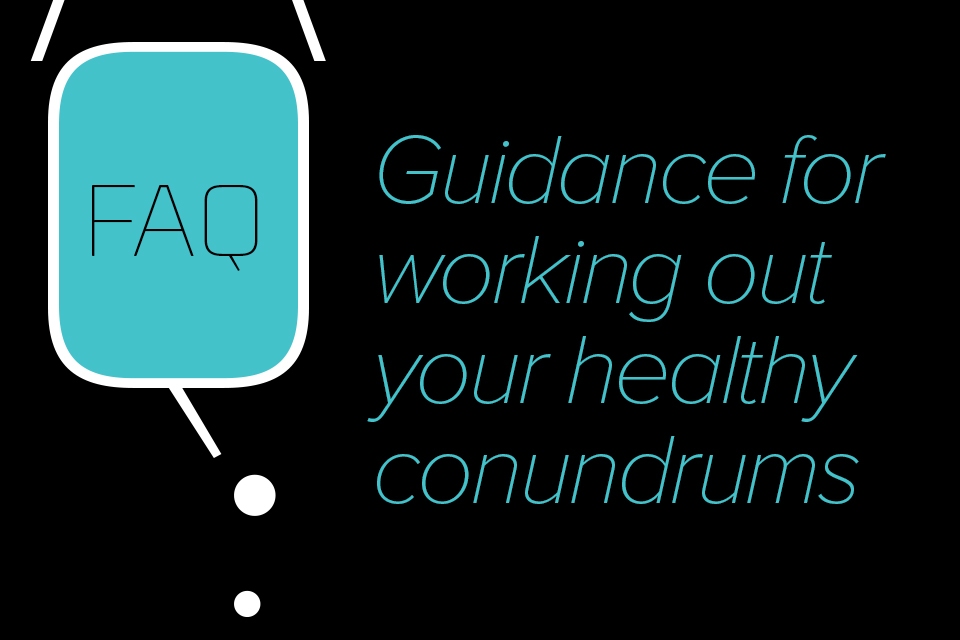FAQ – June 2015

What’s the deal with fat bikes? Why are they suddenly so popular?
Similar to the constant state of flux seen in the tech gadget industry—smaller laptops, but larger phones—the same trend seems to be happening in the bike world. Most bikes are pretty much built the same. You've got pedals, two wheels, and a chain. How different can each bike be? If you've ever walked into a bike shop though, you know just how overwhelming the choices are. From components, to suspension, to wheel circumference, to the types of pedals that are best for each specific bike, it's no wonder “analysis paralysis” kicks in.
The mountain bike industry in particular is seeing a huge innovation in their bikes these days—mostly in wheel circumference and tire width. For decades, most mountain bikers rode the standard, 26-inch wheel. In recent years, that’s been replaced with 29-inch (or 29ers) wheels and the more trendy 27.5-inch wheels (or 650B). All tout different advantages in speed, agility, ability to roll over obstacles, and comfort. “Fat bikes” boast over-sized tires—typically up to 4 inches larger than normal in width. While “fat bikes” are gaining popularity, it's hard to discern whether it's for performance reasons or simple novelty.
If you live in snowy regions or areas where trails are not well maintained, a fat tire bike offers more stability, grip, and surface area to get over some of the hard-to-navigate areas. They’re great on sand, loose rock, and other sketchy trail conditions. However, the bikes are much heavier than normal mountain bikes, have no suspension, and can be cumbersome and slower than other bikes.
While they serve many practical purposes in less-than-ideal terrain, riders should also note that these bikes don't necessarily make you faster. For mountain biking in and around Austin, I recommend the more traditional 29er or 650B bike.
Is caffeine intake before a workout a healthy or unhealthy practice?
Caffeine is a common substance in the diets of most athletes and is now appearing in many new products like energy drinks, sport gels, alcoholic beverages, and diet aids. It has been shown to help increase training duration and boost power without going into the “illegal” zone. Most of us don't have to worry about being tested for excessive and “illegal” caffeine levels, but if you’re an elite athlete, know your limits and be smart.
For the rest of us, a cup of coffee or an energy drink prior to and during a racing event can give a discernible boost in performance. Not that I'm endorsing Red Bull shots or Monster energy drink consumption at full throttle. (The sugar and other foreign chemicals in those products are unhealthy on their own.) Know your tolerance and realize that caffeine consumption can have negative effects as well. For some, it can cause GI distress and have a diuretic effect if taken before exercise. Simply put, it may make you have to pee!
Start with small doses of caffeine and see what discernible effects you feel. Don't try anything new on race day that you haven't trained with before. And if you're used to drinking your coffee in the morning before a race or workout, continue to enjoy it fear-free.
Wearing makeup while you work out…what are your thoughts? Are there any major cons to the practice?
Aside from people like me asking, “Why would anyone wear a full face of makeup to the gym?” it’s a good idea to wash your face clear of products prior to working out. It may seem like a hassle, but 30 seconds of a gentle scrub can save you hours of staring in the mirror wondering where those blackheads came from.
Our skin is alive and needs to breathe. When we sweat, our pores open—breathing and sweating to keep our core temperature cool. Unfortunately, if those pores are caked with foundation, concealer, and blush, the pores can't open. Instead, they get clogged—leading to skin irritations and acne.
Another con of wearing makeup to the gym? No one likes to see eyeliner and mascara rolling down your cheeks. They can’t tell if you're sweating or crying. Save yourself some odd looks of pity and spend the few seconds it takes to remove your foundation.
A post-workout facial scrub is also a great idea to wipe away any of the excess gunk you just sweated out.
Do you have a health-care question that needs addressing?
Submit your health or fitness question to editors@austinfitmagazine.com
(please include your name, email address, and phone number with your question).






